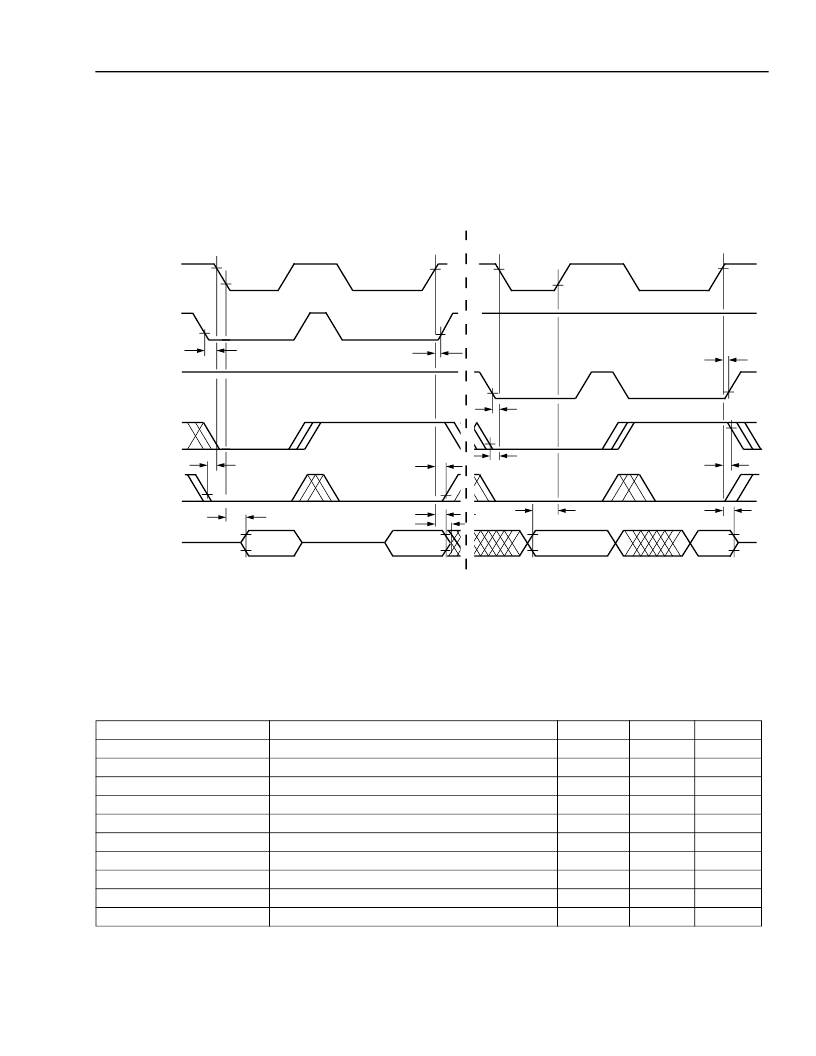- 您現(xiàn)在的位置:買賣IC網(wǎng) > PDF目錄377000 > DSP16210 TVS 400W 6.5V UNIDIRECT SMA PDF資料下載
參數(shù)資料
| 型號: | DSP16210 |
| 英文描述: | TVS 400W 6.5V UNIDIRECT SMA |
| 中文描述: | DSP16210數(shù)字信號處理器 |
| 文件頁數(shù): | 153/173頁 |
| 文件大小: | 2621K |
| 代理商: | DSP16210 |
第1頁第2頁第3頁第4頁第5頁第6頁第7頁第8頁第9頁第10頁第11頁第12頁第13頁第14頁第15頁第16頁第17頁第18頁第19頁第20頁第21頁第22頁第23頁第24頁第25頁第26頁第27頁第28頁第29頁第30頁第31頁第32頁第33頁第34頁第35頁第36頁第37頁第38頁第39頁第40頁第41頁第42頁第43頁第44頁第45頁第46頁第47頁第48頁第49頁第50頁第51頁第52頁第53頁第54頁第55頁第56頁第57頁第58頁第59頁第60頁第61頁第62頁第63頁第64頁第65頁第66頁第67頁第68頁第69頁第70頁第71頁第72頁第73頁第74頁第75頁第76頁第77頁第78頁第79頁第80頁第81頁第82頁第83頁第84頁第85頁第86頁第87頁第88頁第89頁第90頁第91頁第92頁第93頁第94頁第95頁第96頁第97頁第98頁第99頁第100頁第101頁第102頁第103頁第104頁第105頁第106頁第107頁第108頁第109頁第110頁第111頁第112頁第113頁第114頁第115頁第116頁第117頁第118頁第119頁第120頁第121頁第122頁第123頁第124頁第125頁第126頁第127頁第128頁第129頁第130頁第131頁第132頁第133頁第134頁第135頁第136頁第137頁第138頁第139頁第140頁第141頁第142頁第143頁第144頁第145頁第146頁第147頁第148頁第149頁第150頁第151頁第152頁當(dāng)前第153頁第154頁第155頁第156頁第157頁第158頁第159頁第160頁第161頁第162頁第163頁第164頁第165頁第166頁第167頁第168頁第169頁第170頁第171頁第172頁第173頁

Data Sheet
July 2000
DSP16210 Digital Signal Processor
Lucent Technologies Inc.
DRAFT COPY
153
Timing Characteristics and Requirements
(continued)
PHIF16
For the PHIF16, READ means read by the external user (output by the DSP); WRITE is similarly defined. In the
8-bit external bus configuration, 8-bit reads/writes are identical to one-half of a 16-bit access. In the 16-bit external
bus mode, accesses are identical to 8-bit accesses in the 8-bit external bus mode.
Figure 40. PHIF16 IntelMode Signaling (Read and Write) Timing Diagram
Table 109. Timing Requirements for PHIF16 Intel Mode Signaling (Read and Write)
Abbreviated Reference
t41
t42
t43
t44
t45
t46
t47
t48
t51
t52
Parameter
Min
0
0
0
0
4
0
6
0
10
4
Max
—
—
—
—
—
—
—
—
—
—
Unit
ns
ns
ns
ns
ns
ns
ns
ns
ns
ns
PODS to PCSN Setup (low to low)
PCSN to PODS Hold (high to high)
PIDS to PCSN Setup (low to low)
PCSN to PIDS Hold (high to high)
PSTAT to PCSN Setup (valid to low)
PCSN to PSTAT Hold (high to invalid)
PBSEL to PCSN Setup (valid to low)
PCSN to PBSEL Hold (high to invalid)
PB Write to PCSN Setup (valid to high)
PCSN to PB Write Hold (high to invalid)
If PIDS or PODS is the controlling signal instead of PCSN, then all requirements that reference PCSN apply instead to PIDS or PODS.
PCSN
t41
t42
t43
t45
t46
t49
t50
t154
16-bit READ
16-bit WRITE
PODS
PIDS
PBSEL
PSTAT
PB[7:0]
t47
t51
t52
t48
t44
V
IH–
V
IL–
V
IH–
V
IL–
V
IH–
V
IL–
V
IH–
V
IL–
V
IH–
V
IL–
5-4036(F)
Note:
This timing diagram shows accesses using the PCSN signal to initiate and complete a transaction. The transactions can also be initi-
ated and completed with the PIDS and PODS signals. An output transaction (read) is initiated by PCSN or PODS going low, whichever
comes last. An output transaction is completed by PCSN or PODS going high, whichever comes first. An input transaction is initiated by
PCSN or PIDS going low, whichever comes last. An input transaction is completed by PCSN or PIDS going high, whichever comes first.
相關(guān)PDF資料 |
PDF描述 |
|---|---|
| DSP1627 | TVS 400W 6.5V BIDIRECT SMA |
| DSP1629 | TVS 400W 64V UNIDIRECT SMA |
| DSP16410C | TVS 400W 7.0V UNIDIRECT SMA |
| DSP16410 | 16-bit fixed point DSP with Flash |
| DSP25-16AR | Phase-leg Rectifier Diode |
相關(guān)代理商/技術(shù)參數(shù) |
參數(shù)描述 |
|---|---|
| DSP1627 | 制造商:AGERE 制造商全稱:AGERE 功能描述:DSP1627 Digital Signal Processor |
| DSP1627F32K10IR | 制造商:未知廠家 制造商全稱:未知廠家 功能描述:DSP|16-BIT|CMOS|QFP|100PIN|PLASTIC |
| DSP1627F32K10IT | 制造商:未知廠家 制造商全稱:未知廠家 功能描述:DSP|16-BIT|CMOS|QFP|100PIN|PLASTIC |
| DSP1627F32K11I | 制造商:未知廠家 制造商全稱:未知廠家 功能描述:16-Bit Digital Signal Processor |
| DSP1627F32K11IR | 制造商:未知廠家 制造商全稱:未知廠家 功能描述:DSP|16-BIT|CMOS|QFP|100PIN|PLASTIC |
發(fā)布緊急采購,3分鐘左右您將得到回復(fù)。